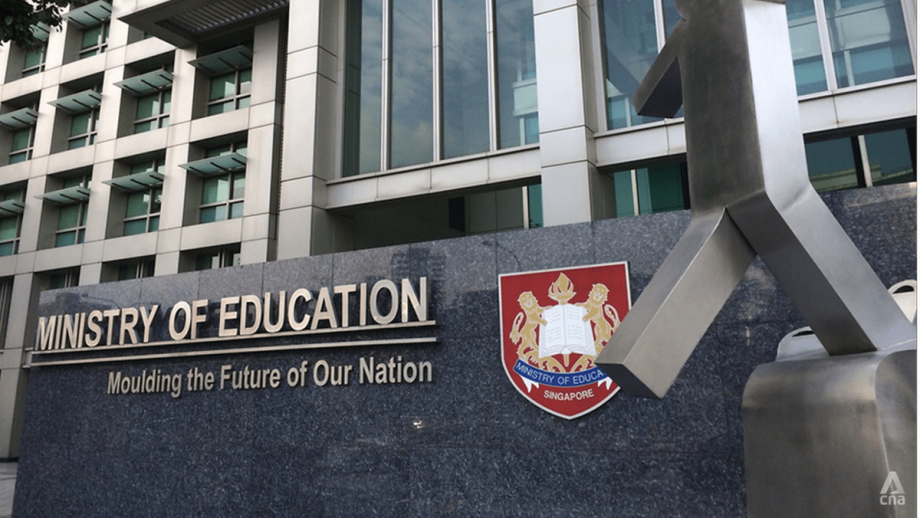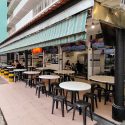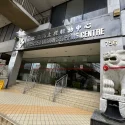SINGAPORE: Higher income eligibility ceilings across financial assistance schemes offered by the Ministry of Education (MOE), and bigger transport subsidies for primary and secondary students from next year.
These are some of the upcoming enhancements announced by the ministry on Thursday (Oct 16), which could benefit an additional 31,000 students from lower- and middle-income households by providing support for education-related costs, and access to school and post-secondary programmes.
This also brings the total number of students who would benefit from MOE’s financial assistance schemes annually to about 133,000, it said.
“These enhancements will give students from lower- and middle-income households greater support to manage education costs, and ensure every Singaporean child and youth can continue to access school and post-secondary programmes,” said Education Minister Desmond Lee in a Facebook post.
Most of the changes will commence from 2026 when the academic year starts, but the revised income criteria for the Edusave Merit Bursary will take effect from November to coincide with the upcoming bursary exercise that month and December.
MOE FINANCIAL ASSISTANCE SCHEMES
In order to support more students and familities, the income eligibility crtieria will be revised for these six means-tested schemes:
- MOE Financial Assistance Scheme (FAS) for Government and Government-Aided Schools (GGAS) and Specialised Schools (SS)
- Special Education (SPED) FAS for MOE-funded SPED schools
- MOE Independent School Bursary (MOE ISB) in Independent Schools and Specialised Independent Schools (ISSIS)
- UPLIFT Scholarship for ISSIS
- Edusave Merit Bursary for GGAS, SS, ISSIS, Institute of Technical Education (ITE) and Polytechnics
- Government bursaries for Post-Secondary Education Institutions (PSEIs)
For example, the gross household monthly income ceiling in relation to MOE FAS and SPED FAS will be raised from S$3,000 (US$2,316) to S$4,000, and the per capita income ceiling will go up from S$750 to S$1,000.
In addition, MOE and PSEIs will implement the Household Means Eligibility System (HOMES) to streamline applications and means-testing processes starting in the 2026 Academic Year.






